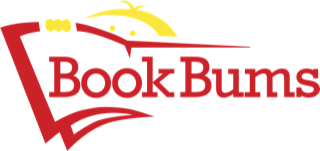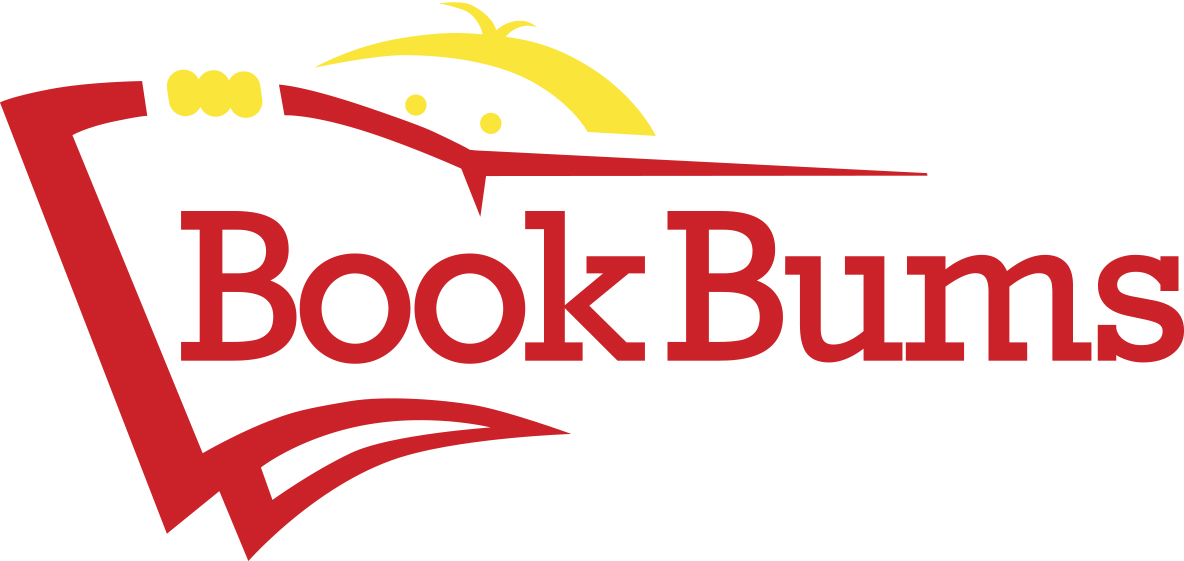
Hello Book Bums families!
We are feeling artistic this week! From graphic novel writing month to craft supplies to some inspiring non-fiction book recommendations, we have ideas to inspire your creative kids. Dr. Christy also shares her second week of comma activities. Read on for all this and more.
Bookbums.com is an Amazon Associate; We earn from qualifying purchases. This means that if you click on a link to Amazon.com and make a purchase, We may earn a small commission at no extra cost to you. We do recommend the products. Feel free to find them by other means.
Word of the Week
nation (nay-shun) noun/person, place, or thing - a large body of people united by common birthplace, history, culture, or language.
Sometimes fans of a particular team call themselves a nation because they all share the knowledge, culture, and experiences related to the team.
Literary Calendar
- October is National Cookbook month. Cookbooks are a great way to get kids reading and doing math without it feeling like schoolwork. You also get something yummy out of the experience!
- October is also National Reading Group Month. Sharing your reading experience with other readers is a great pleasure. If you don't already have a book club, there are options available at your local library.
From our Bookshelves
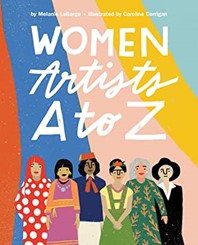

Do you have a young artist in your life? If so, I recommend these books! I discovered Women Artists A to Z in NYC’s Museum of Modern Art (MOMA). I love visiting this museum, but I love the gift shop most of all! I discovered the Ready to Read Yayoi Kusama in my very favorite bookstore, The Strand, also in NYC. I purchased these books because I have a granddaughter who is an artist. I want to promote her love and talent for all things art, and I thought we’d enjoy learning about renowned female artists. The story of Yayoi Kusama is one of struggle, persistence, and . . . polka dots! Look at one of the pumpkin sculptures she made and covered with polka dots. You could read about Kusama and invite your kids to use polka dots to decorate some pumpkins.

Are you wondering if it’s worthwhile to nurture artistic talent?
One of my sons lives in NYC. He’s an artist, and he has been since an early age. All three of my boys are artistic, and I nurtured that talent throughout their childhoods, but my middle son IS an artist. Because he was also an athlete, his artwork often included designing football jerseys and helmets, but he was always creating. Today, Taylor is a designer for Schott NYC. They specialize in leather jackets. Could doing things like painting polka dots on pumpkins lead to a designing career in NYC? It sure could!

Tips for Readers and Writers
Using Commas Correctly, Week 2 of 8
Week 2- Commas are used before and after a name or title when the name is not essential to the meaning of the sentence. The sentence will make sense without the comma, but it shows that the writer is referring to a particular person or thing.
Example:
My favorite independent bookstore, Strand, is located 828 Broadway at 12th Street in NYC.
Use some elbow macaroni noodles to teach your kids when to use commas in their writing! Scoop out a handful of those curved noodles, print the attached PDF, and grab some glue. That’s all you’ll need for some fun-focused practice using commas. Share with your kids this week’s featured rules for using commas. Then, have them insert the macaroni commas where they belong on the provided PDF. For beginning readers, you read the text for them. More advanced readers can do this work independently. After you’ve checked for accuracy, have your kids attach the macaroni comma to the paper with some glue. When the glue dries, display your second set of Use Your Noodle activity sheets to review the lessons they’ve learned so far.
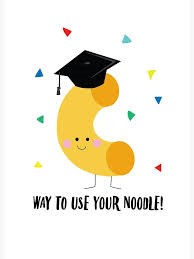
Tips for Families
Earlier, I mentioned my granddaughter’s love for all things arts and crafts, so I thought I would share an idea with you. Early this summer, I purchased lots of craft and art supplies and made plans for some art-making dates. Emry gets to choose what she wants to do with each visit. She chooses from activities like sand art, diamond painting, painting with paint sticks, and creating her own art from a variety of materials we’ve collected over time. We’ve been working on projects and saving them up so we can present her first solo art show for the whole family to enjoy before our Thanksgiving celebration. Having a precious but ornery little brother means that Emry truly appreciates her one-on-one time, and having her family appreciate her talent and hard work will make her feel like the talented treasure she is.
Whether it’s art, cars, cooking, a sport, or anything else, we can and should support our kids’ interests by carving out time for them to share that love with us. Shining some light on kids’ talents helps them to become who they’re meant to be. And what a joy it is to be a part of it!


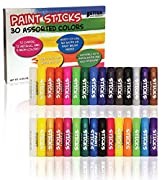
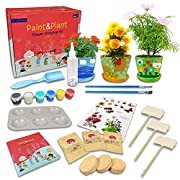
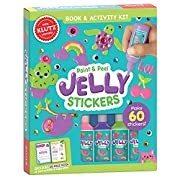
Wordolgy Workshop
• The Latin root nat means birth or born.
• You find it in our Word of the Week nation as well as nativity, natal, innate, native, and international.
• Can you see how the idea of birth is involved in all of those words?
Practical Grammar
Let’s examine the word parts for- and fore-. When we recognize the meanings associated with each, we’ll be better equipped to spell well. If the word has something to do with coming before or being in front, we will use fore-. If the word has something to do with doing without, we will use for-. Hm. Now we know!
For- means banning, neglecting, doing without, or giving up.
Examples:
forgive
forbid
forbear
forfeit
forlorn
forget
forsake
forgo
Note: The prefix for- is not as commonly used as fore-.
Fore- means earlier or situated at the front.
Examples:
forefront
foresight
forearm
foreman
foreboding
foregone
foreground
forerunner
foretell
forethought
forefathers
foreshadow
forewarn
If you know someone who would benefit from our newsletter or tutoring at Book Bums, please share this email with them! Thank you.
Copyright © 2024 Book Bums, All rights reserved
Our mailing address is:
7967 Cincinnati-Dayton Road Suite L
West Chester, OH 45069
